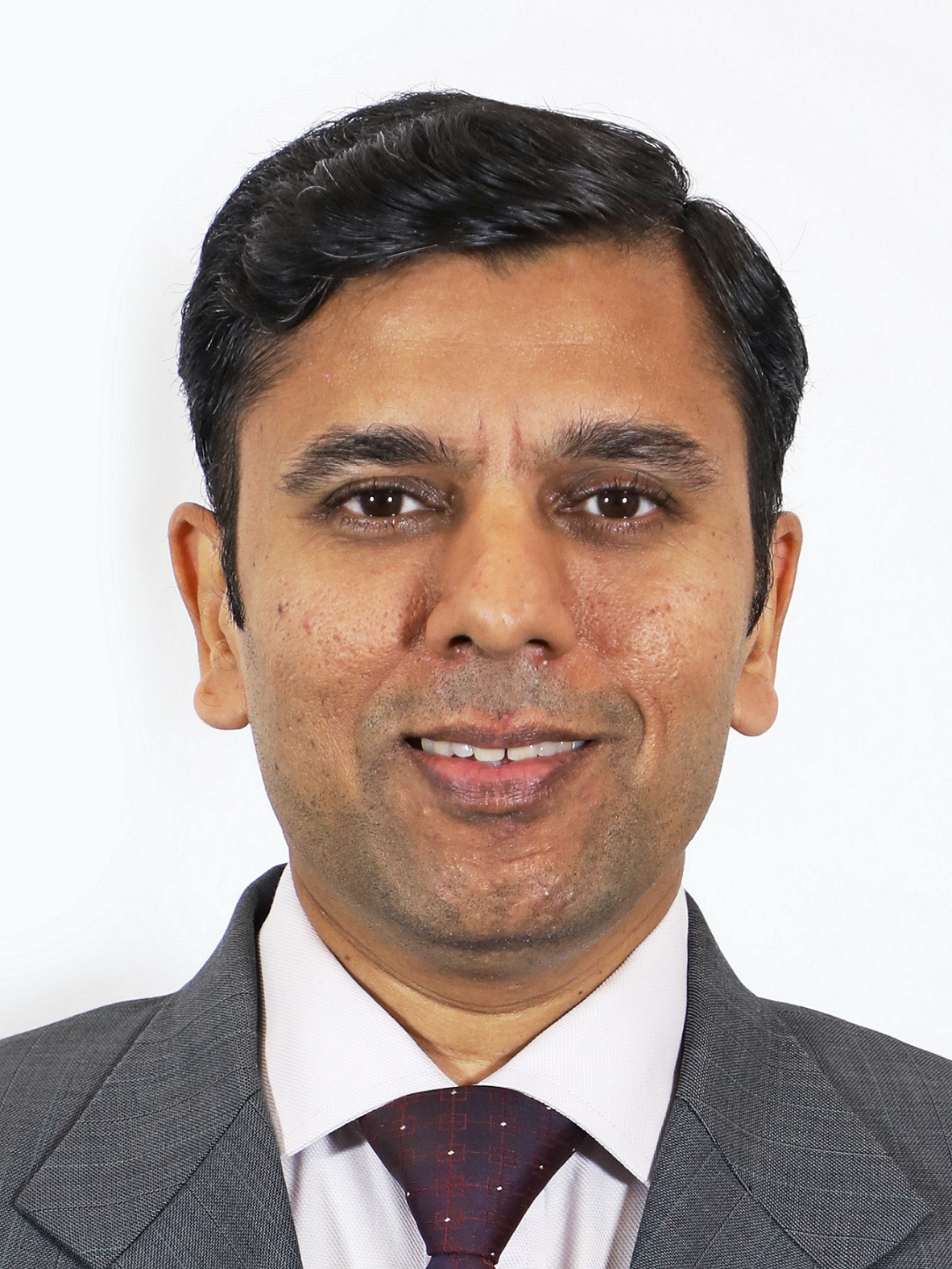 – Rajiv Bansal, Director(Operations), Global Indian International School (GIIS)
– Rajiv Bansal, Director(Operations), Global Indian International School (GIIS)
Over the last decade, the school educational system in India has evolved to provide a 21st-century learning experience. With the rising amount of research and development in the education sector, schools have also emerged as change-makers. Rather than the traditional approach, schools now are exploring new methodologies to keep the learning activities student-centric. Schools are embracing new techniques to help students grasp knowledge dynamically. The students and their parents welcome this new approach to holistic education. Schools are also exploring ways to keep the educational activities more on the practical front. Irrespective of their age, it is proven that students are drawn towards a practical-based education more than theory-based education. Implementing innovative methods to explain a topic has proven to be more beneficial for increasing the students learning curve.
The manner with which students learn in their school stays with them throughout their life. A proper learning arrangement makes the students future-ready and also helps them to upgrade themselves in life ahead. When a school deems a student-centric approach for learning, it promotes the mobilization of knowledge in a dynamic way that contributes to student’s overall development. Attention is one of the most crucial factors while teaching in school. Students, especially younger ones, have a very sensitive attention span. Therefore applying innovative learning concepts will help students to focus and flexibly absorb knowledge.
Indian schools are strongly adapting the 21st-century teaching methods. One of these methods has proven to be more advantageous for turning students into wholesome individuals. Modern methodologies like project-based learning for smaller groups bring a collective knowledge base, ideas, and resources for implementing and deepening small learning community practice. Its primary aim is to involve skilled teachers mentoring a small set of students and provide them with comprehensive skills and knowledge about a particular subject. These small groups are learning about the concepts with collaborative efforts and equal attention. In this methodology, teachers organize themselves into interdisciplinary teams, and they also form student groups that share common interests. The student group is kept small by intention. Hence, when the discussion about a topic happens, it is ensured that every student is on the same level. The teacher can design special activities, which induce more knowledge while conducting practicals. A similar concept known as small learning communities is also introduced as one of the most reliable methods to make students practically aware of a concept. The methodology focuses on giving students the flexibility in learning new concepts without any pressure. Smaller communities are designed to build up the bond between students who can interact within the group. The methodology aims to build confidence and self-determination among the students.
New generation schools are using modern methods like active learning, collaborative learning, experimental activities, haptic engagement, visualization, etc. These modern teaching methods are unquestionably the need of the hour to be relevant to global education. Fortunately, some schools in India are applying these methods and allowing students to compete globally. The extensive efforts of the school and excellent ideas applied with the help of technology are molding the students to reach greater heights in life. Teaching is not just about distributing knowledge, it also involves skill development and problem-solving attributes. The teachers play a crucial role by teaching the students about the importance of collaboration, experimentation, and applying their ideas while doing something. It is observed that when students reflect while doing an activity, they do it better and produce good results.
Many future-ready schools are equipped with cutting-edge educational technology. They leveraged technology to give students clear ideas and concepts in a 3D and virtual manner. These gamification techniques have proven to be propitious for students to understand the concepts clearly. Gamification techniques help students to think about the different possibilities. It is witnessed that students get fascinated by the videos and visuals of the concepts and are attracted to the subject. Students tend to ask more questions out of curiosity when they are emotionally involved with the learning process.
Other articles by Rajiv Bansal:























